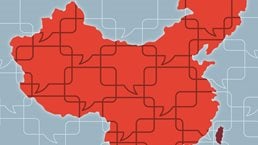Until recently, China’s innovative e-commerce market, which serves up everything from sportswear to groceries, hasn’t emphasized cars. But a breakthrough took place on China’s 2014 Singles Day, the country’s version of the American Cyber Monday: Chinese consumers purchased and reserved 150,000 cars, worth $5 billion (exhibit). Even more suggestive of what’s to come are efforts behind the scenes; for example, Autohome, a vertical portal for cars, spent three months negotiating and contracting directly for the inventory of 6,000 dealers. Such investments mean that vertical auto websites, which already contribute more than 20 percent of leads to dealers, are set to take on a larger role in direct sales.

Auto OEMs in China are keen not to be left out, and many have launched or are planning e-commerce initiatives. The table stakes for OEMs involves setting up a store on Tmall (part of Alibaba) to sell accessories, services, and the occasional promotional model. Hoping to attract traffic and young buyers, more ambitious OEMs are selling limited-edition cars on their own branded websites and third-party platforms, such as WeChat. Some OEMs even sell their full range of cars online.

China Pulse
But as first-time car owners look for their second vehicles, OEMs should move beyond selling, to engaging—both online and offline. The ability to reach, engage, and groom loyal customers digitally, not just at the time of purchase, but also throughout a lifetime of vehicle use, will differentiate winners from losers in the world’s largest automotive market.
This article is the first in a new series, China Pulse, which delivers insight into how digitization is reshaping China.


